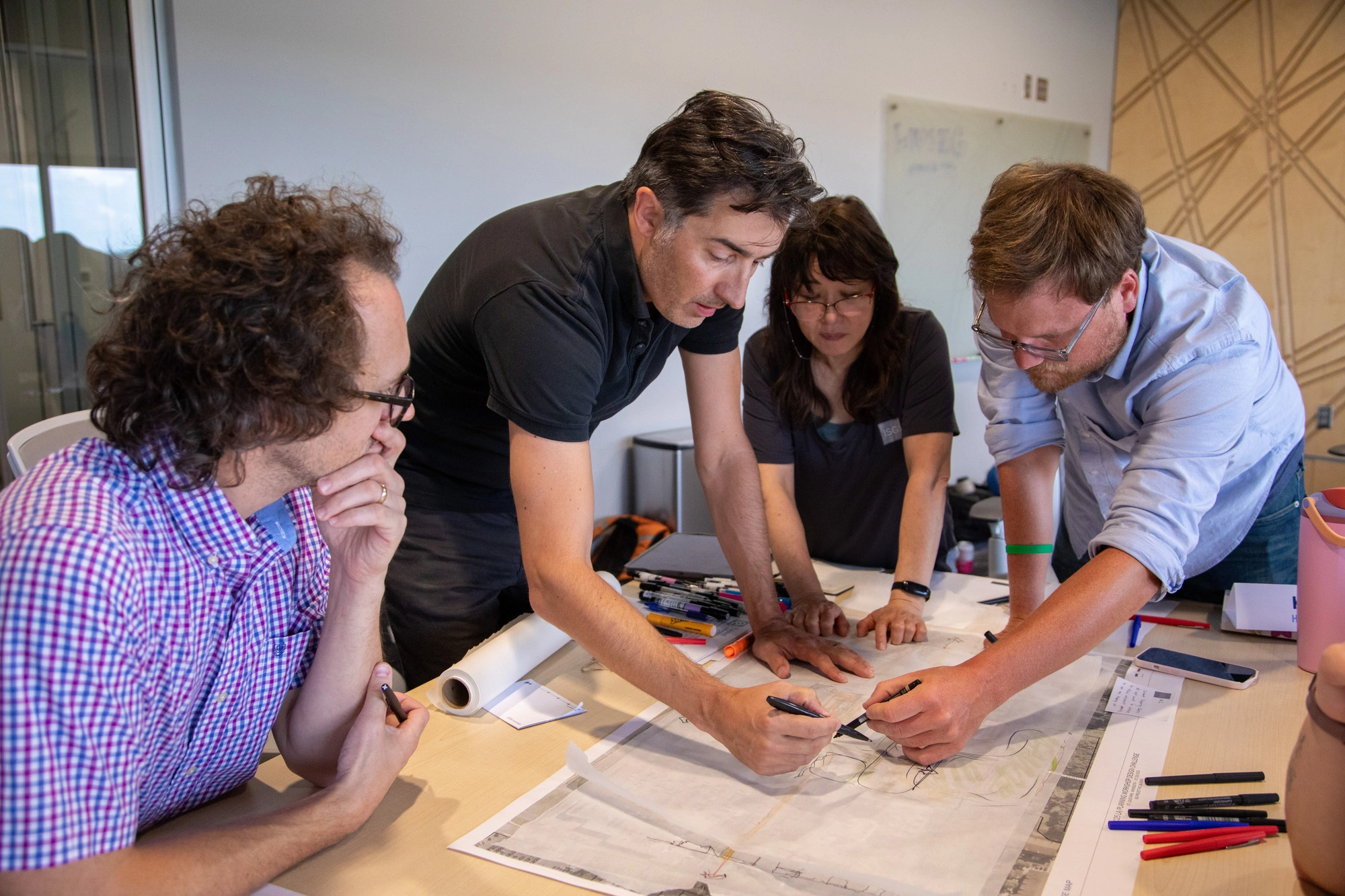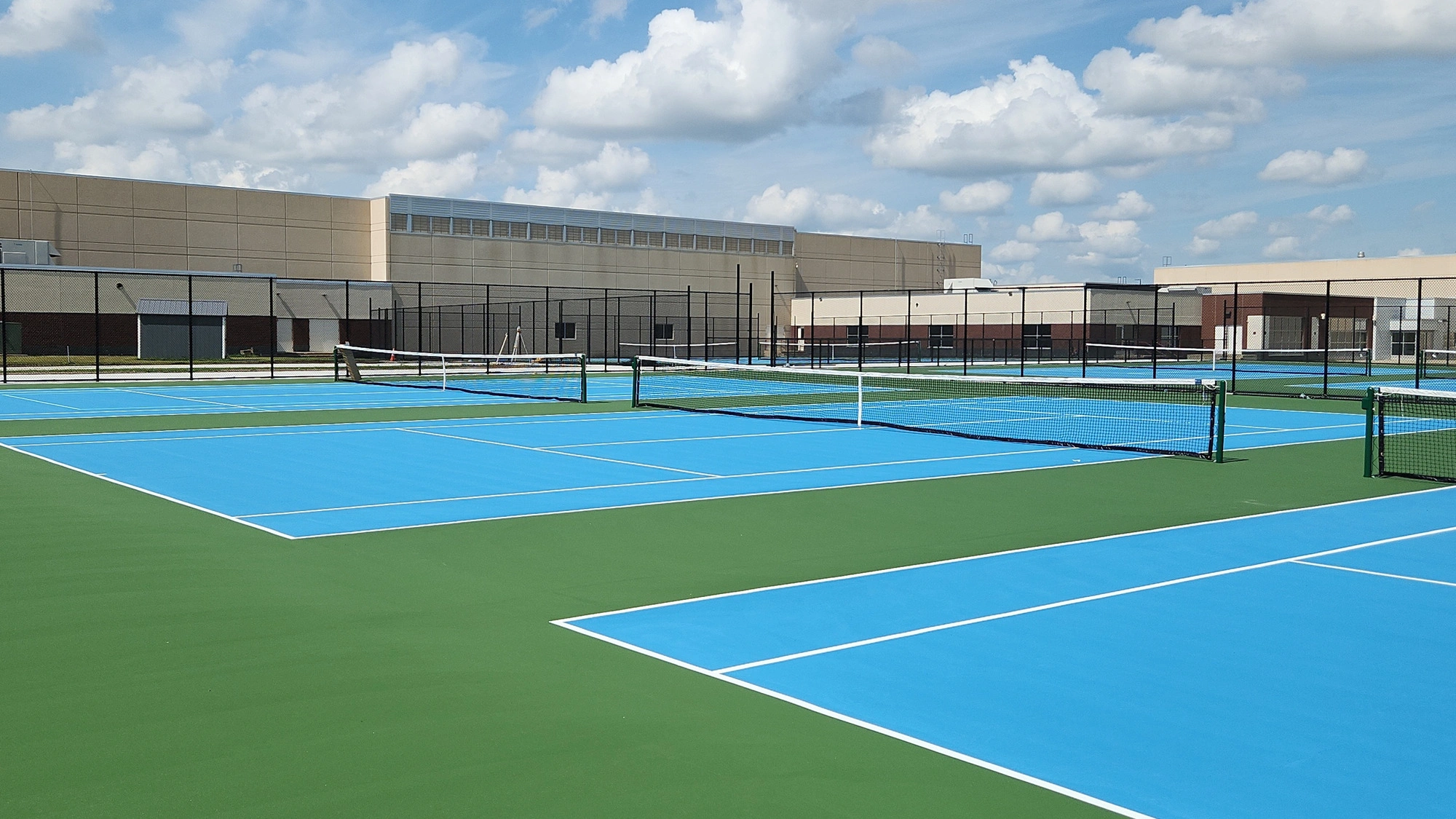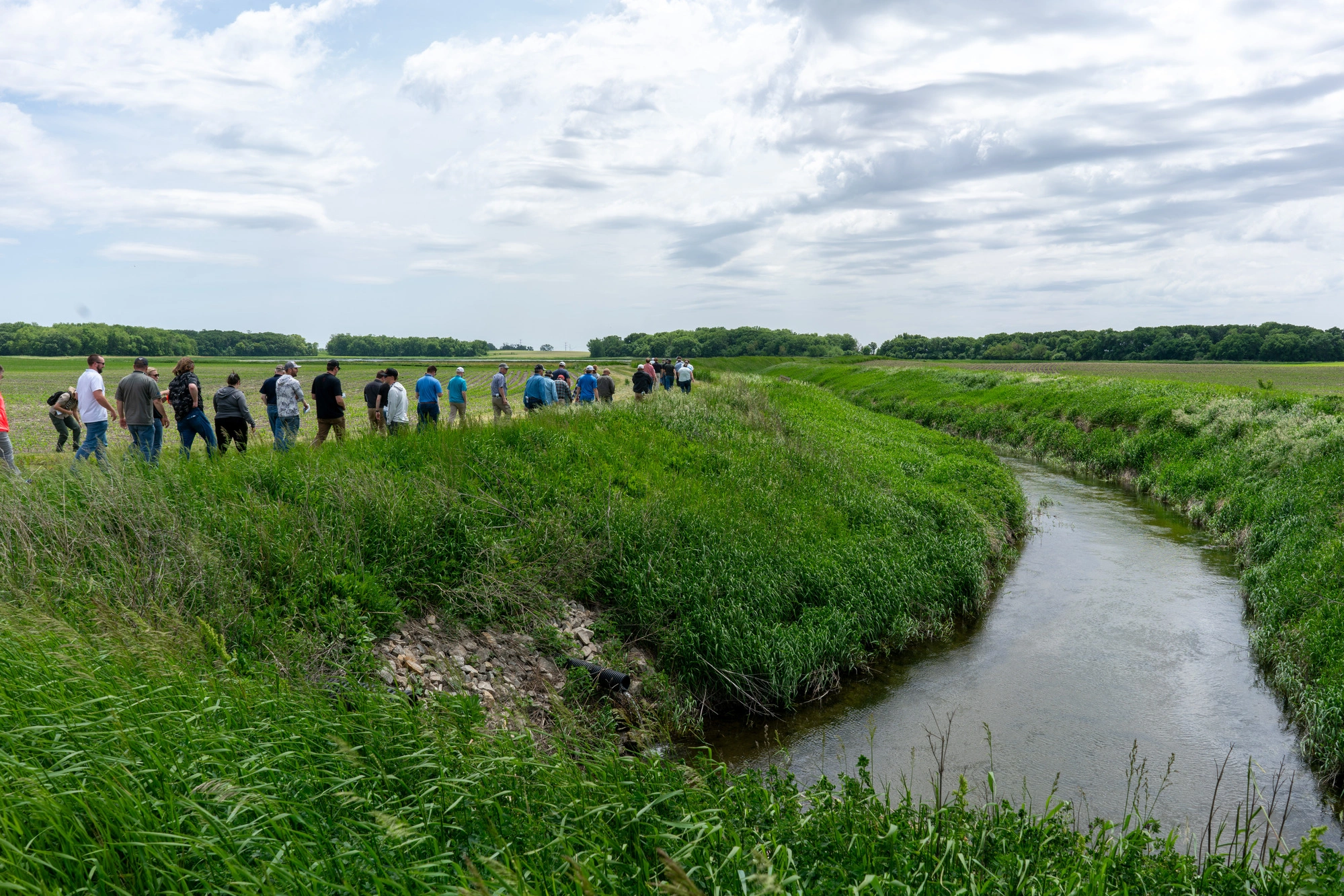Uncovering The Hidden Value of Wetland Delineations, Rare Species Surveys, and Habitat Planning
Terms like wetland delineation, rare species survey, and habitat planning are often viewed as technical steps in land development or conservation work. But each offers more than just data or compliance; they reveal hidden stories about the land and open the door to smarter, more sustainable decision-making.
At ISG, we believe these insights are where the real value begins. We don’t view these services as regulatory hurdles, but as critical tools for understanding, preserving, and enhancing the long-term health of the land. We emphasize the use of natural resources in our projects, such as protecting the existing tree canopy or keeping intact native plant communities, all of which benefit projects and ecosystems in the long term.
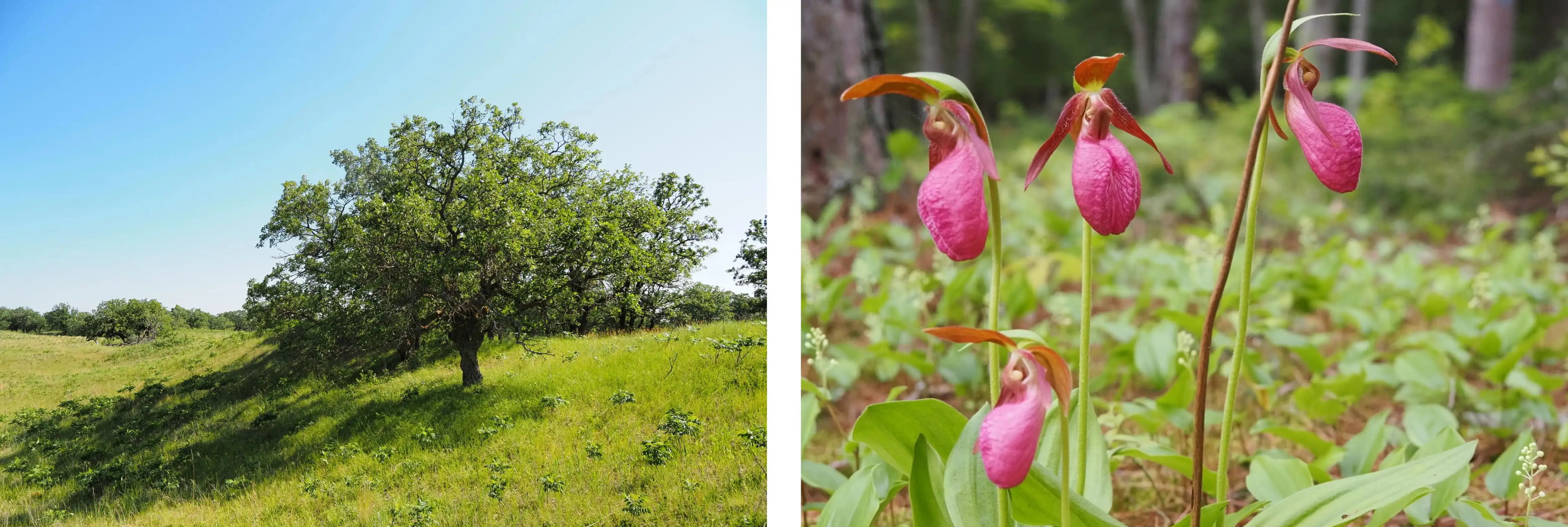
Yes, Compliance Matters—But It’s Only the Beginning
Our philosophy aligns with, and goes beyond, what’s required by regulation. Agencies such as the U.S. Army Corps of Engineers (USACE), the Minnesota Department of Natural Resources (MnDNR), and the U.S. Fish and Wildlife Service (FWS) rightly require developers and landowners to conduct wetland and species assessments. These natural areas provide vital ecosystem services—wetlands store and filter water, mitigate flooding, capture carbon, and foster biodiversity. Rare species, often indicators of ecosystem health, signal the presence of high-quality habitats that deserve protection. Surprisingly, many rare plant species aren’t hidden in remote locations; they often thrive in marginal spaces like ditches, steep slopes, or abandoned railroad corridors. These narrow, often overlooked habitats are under increasing pressure from development, agriculture, herbicide drift, and invasive species, making their preservation all the more urgent.
Recognizing these pressures highlights the need not only for protection, but also for proactive stewardship. Without active management, habitats often degrade over time. Depending on the goals of a site, a landowner may wish to manage their property for hunting, aesthetics, or biodiversity support, all of which can be achieved through thoughtful habitat planning. Instead of overlooking wooded or degraded areas, these spaces can be transformed into vibrant, functional systems that benefit the landowner, project, and surrounding ecosystem.
Effective stewardship begins with awareness. Failing to identify these features early can lead to costly project delays or even legal penalties. But what if we shifted the focus from What do I have to do? to What can I learn from this landscape?
Seeing the Landscape
Through an Ecologist’s Lens Our ecologists and environmental scientists are trained to do more than draw lines on a map or compile species lists. During a wetland delineation, habitat assessment, or rare species survey, we are reading the land’s story:
- Is this site part of a historical wetland or floodplain? What was the past use of the site?
- Is an invasive species monoculture choking out a native plant community?
- Are there intact and functional plant communities present?
- Is a small wetland patch playing an outsized role in water filtration?
This kind of ecological insight helps environmental scientists and other stakeholders make smarter land-use decisions, preserving what matters, working around sensitive features, or even enhancing degraded areas. But the value of this approach extends well beyond compliance or conservation.
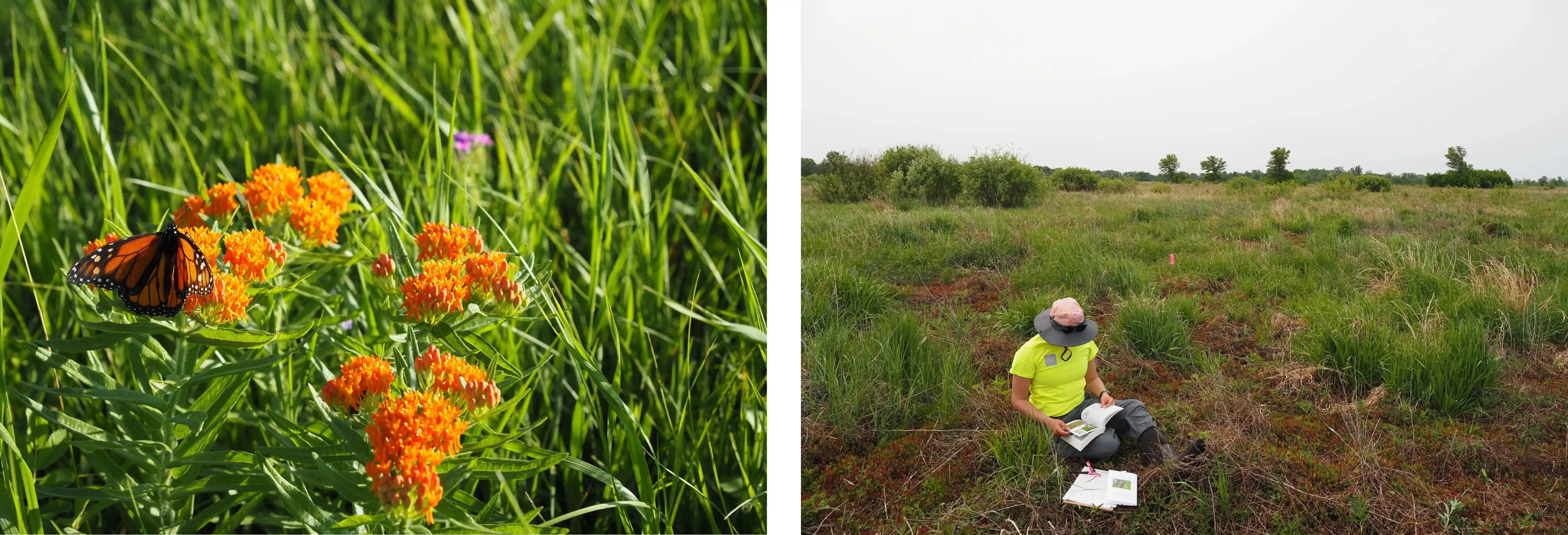
Added Value: Resilience, Stewardship, and Long-Term Savings
Early ecological assessments can unlock unexpected project benefits, including:
- Smarter Site Planning: Avoid building over sensitive areas or high-water zones, reducing long-term risk.
- Reduced Mitigation Costs: Preserving existing wetlands often costs far less than mitigating lost ones.
- Enhanced Public Perception: Stakeholders and communities increasingly value environmentally responsible development.
- Biodiversity + Pollinator Support: Native plant communities identified during surveys can be integrated into stormwater features or open spaces for added ecological benefit.
Our Living Legacy
Rare and extraordinary habitats aren't exclusive to places like the Amazon; they exist right here in the heart of the Midwest. Often dismissed as flyover country, this region is home to ecosystems found nowhere else on Earth: wetlands with rare water chemistry, rugged bedrock outcrops, wind-shaped sand dunes, northern cedar forests, and plant communities that include wild orchids, native cacti, and parasitic plant species. These places host hundreds of species working together in delicate ecological balance.
However, without active stewardship, they are quickly vanishing. Invasive species are spreading, natural processes like fire and grazing have been disrupted, and habitat quality is declining. What once maintained itself now depends on us. Restoring and protecting these landscapes is more than conservation, it breathes life into small communities, supports local economies, and secures a living legacy for future generations. These are not just natural resources; they are a vital part of our identity. If we act with intention and care, we can ensure they remain not just a memory, but a thriving part of our shared future.
Nature is something everyone shares. When we take the time to understand a landscape, we uncover more than just environmental data—we reveal potential. From small, at-home projects to larger infrastructure projects, I have seen how these hidden ecological stories can shape resilient and lasting projects. That’s why I do this work. Because I believe our landscapes tell stories worth preserving for ourselves and our communities.
Translating that belief into action starts with how we plan.
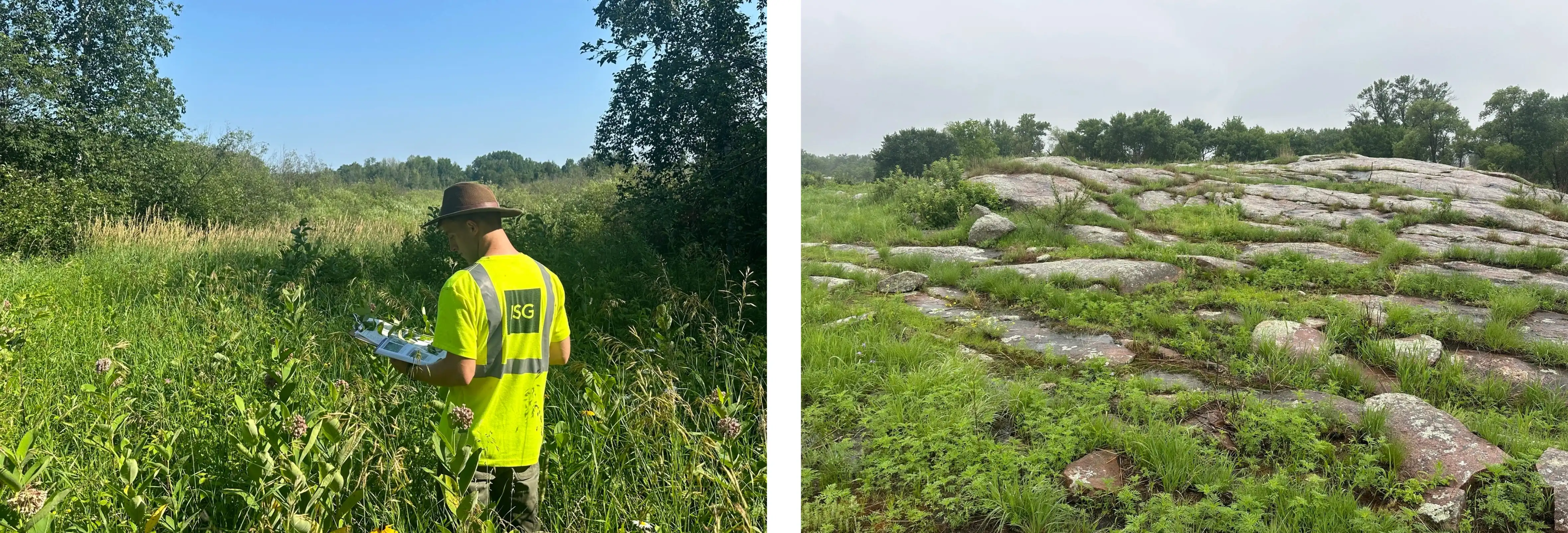
Ecology as a Design Partner
When you include environmental services at the start of your planning process, you are not just mitigating risk—you are investing in a healthier, more sustainable future for your site and its surrounding ecosystem.
ISG’s environmental team collaborates closely with engineers, architects, and planners to support every project is being ecologically informed from the ground up.
Let’s Talk About Your Landscape
Whether you are developing new infrastructure, restoring a habitat, or stewarding public lands, our ecologists are here to help. Reach out to learn how wetland delineations, habitat planning, or rare species surveys can bring clarity—not complexity—to your next project.
.webp)
.webp)
.webp)
.webp)
.webp)
.webp)
Related Articles

.webp)
ISG Recognized as a 2025–26 Emerging Professional Friendly Firm for the Fourth Consecutive Cycle
ISG has been honored as a 2025–26 Emerging Professional Friendly Firm by AIA chapters in North Dakota, South Dakota, Wisconsin, and Minnesota in recognition of its commitment to fair compensation, licensure support, mentorship, and growth for early-career architects.




